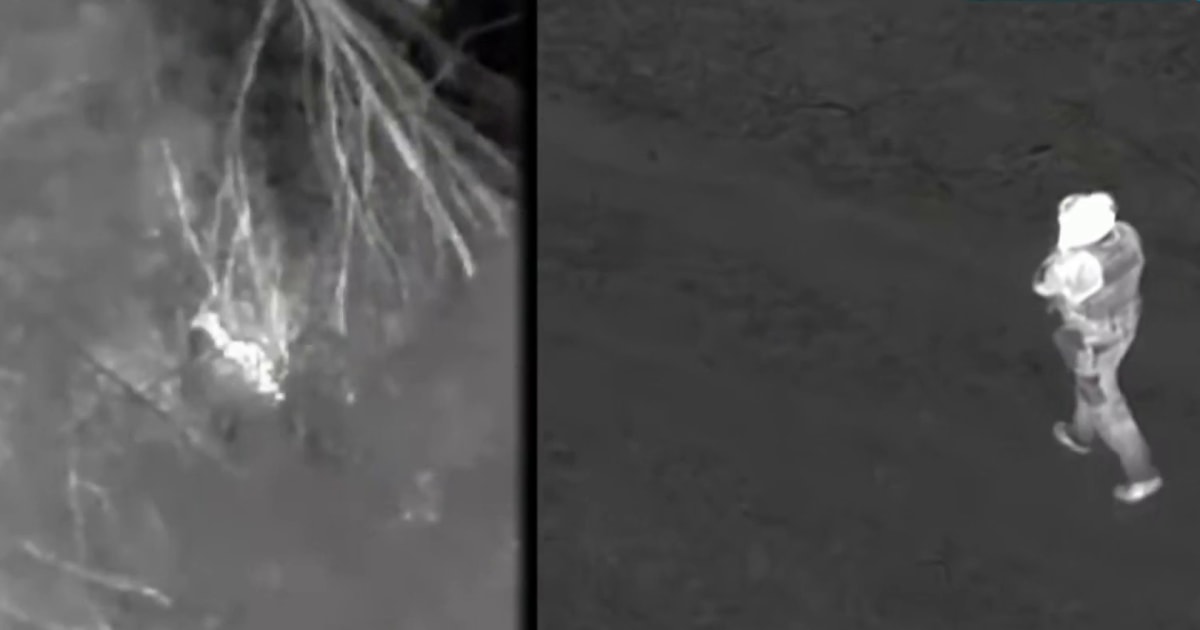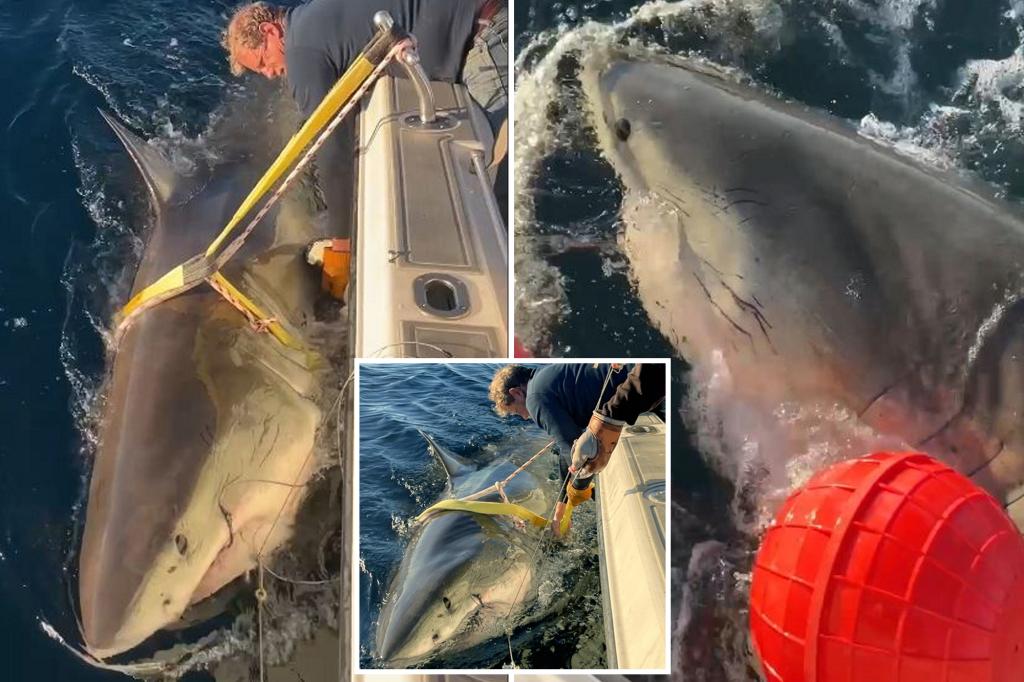How Thermal Imaging Revolutionized Rescue Operations in Michigan
In two harrowing rescue missions this winter, Michigan first responders credited thermal imaging technology with saving lives when traditional search methods would have failed. During a blizzard in Grand Rapids and a wilderness search in the Upper Peninsula, heat-detecting cameras located victims within minutes—showcasing how this advanced tool is transforming emergency response strategies nationwide.
The Technology Behind the Breakthrough
Modern thermal imaging cameras detect infrared radiation emitted by objects, translating temperature differences into visible light spectra. Unlike night vision which requires ambient light, these devices:
- Operate in total darkness, smoke, or light fog
- Detect temperature differences as slight as 0.01°C
- Have a detection range up to 1,800 yards in optimal conditions
“The human body emits a distinct thermal signature that stands out against most environments,” explains Dr. Elena Rodriguez, an emergency technologies researcher at Michigan State University. “In subzero conditions where time is critical, this technology cuts search times by 60-80% compared to traditional methods.”
Case Study: Blizzard Rescue in Grand Rapids
On January 12, 2024, Grand Rapids Fire Department deployed thermal drones after a 72-year-old dementia patient wandered from his home during a whiteout. Despite -20°F wind chills and near-zero visibility, crews located the man within 22 minutes—buried under snowdrifts in a vacant lot.
“The thermal signature showed up bright orange against the blue snow,” recalled Captain Mark Reynolds, who led the operation. “Without that camera, we might have walked right past him. The snow had completely covered any visual clues.”
Wilderness Recovery in the Upper Peninsula
Two weeks later, thermal imaging proved equally vital when a hiker collapsed off-trail in Porcupine Mountains Wilderness State Park. Search teams covered 3.7 square miles in 90 minutes using handheld thermal scanners—a task that typically takes 6-8 hours with K-9 units.
Park ranger Sarah Chen noted: “The dense evergreens made visual searches impossible at night. But the thermal camera picked up residual body heat through the tree canopy. We found the victim conscious but hypothermic behind a rock formation.”
Cost Versus Benefit Analysis
While thermal imaging units range from $2,000 for basic models to $20,000 for military-grade systems, Michigan agencies report dramatic improvements in outcomes:
- 92% faster victim location in wilderness scenarios (Michigan DNR 2023 report)
- 47% reduction in cold-weather fatalities since 2020 when thermal is deployed
- 3:1 ROI through reduced overtime and resource allocation
However, some rural departments cite budget constraints. “We’re fundraising for our first unit,” said Ontonagon County EMS Director Paul Grayson. “It’s frustrating knowing this technology exists but remains out of reach for some communities.”
Future Applications and Ethical Considerations
As the technology evolves, researchers anticipate:
- AI-assisted thermal pattern recognition
- Integration with 911 dispatch systems
- Miniaturized devices for individual first responders
Privacy advocates, however, urge caution. “We need clear protocols on when and how thermal surveillance is used,” cautioned ACLU Michigan spokesperson Derek Whitman. “Life-saving applications are obvious, but unchecked use could lead to overreach.”
The New Standard in Emergency Response
With 14 Michigan agencies adopting thermal imaging since 2022—and legislation pending to create a statewide grant program—this technology appears poised to become as essential as defibrillators or oxygen tanks in emergency kits. As climate change increases extreme weather events, the ability to locate victims quickly in adverse conditions may redefine survival rates across North America.
For departments considering implementation, the Michigan Association of Fire Chiefs offers free consultation on equipment selection and training. As these recent rescues prove, the investment doesn’t just upgrade technology—it fundamentally changes what’s possible when seconds count.
See more CNET 247



